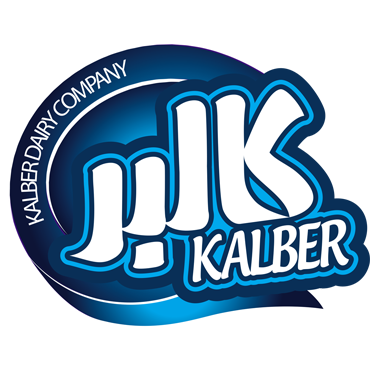Unveiling the World of Juices: Fruit and Drink Juices Explained
The beverage industry offers a diverse array of fruit-based products, categorized by the percentage of concentrate and water content.
The beverage industry offers a diverse array of fruit-based products, categorized by the percentage of concentrate and water content. In this article, we delve into two popular categories: Fruit Juice - Nectar and Non-Carbonated Drink Juice. Understanding their production processes, characteristics, and market dynamics sheds light on the choices available to consumers.
Fruit Juice - Nectar:
Nectar, a delectable product derived from healthy and ripe fruit, undergoes a meticulous process involving dehydration or dilution of concentrated fruit juice with water and sugar. Pasteurization ensures its safety, and nectar typically contains 30 to 50% concentrate. This non-fermented but fermentable beverage, prepared by physical methods, maintains a delicate balance of fruit content, ranging from 30 to 50%, depending on the fruit type.
Drink Juice - Non-Carbonated Juice:
Distinguished by a minimum 10% fruit content, non-carbonated fruit drinks result from diluting concentrated fruit juice with water, sugar, natural edible coloring, and flavoring. With a concentrated range of 10-30%, these beverages offer a flavorful alternative. The decision to produce fruit juice or drink juice depends on factors such as the fruit's nature, taste, abundance, and price.
At Kalber, we take pride in delivering refreshing and nutritious products crafted from the finest natural fruit concentrates. With a commitment to excellence, we ensure that our juices are free from additives, synthetics, and chemical essential oils, providing our consumers with a healthy and delightful beverage experience. Kalber Juices offer a diverse array of flavors. Our fruit juices, packaged in multi-layered containers designed for food safety and longevity, include:
UHT Pomegranate Juice, UHT Orange Nectar, UHT Grape Juice, UHT Pineapple Nectar, UHT Sour Cherry Juice, UHT Apple Juice, UHT Mango Nectar.
For those seeking a lighter option, Kalber's drink juices are the perfect choice. With 10% to 30% natural concentrate, our drink juices offer a slightly more economical alternative without compromising on taste. The drink juice lineup includes:
UHT Pineapple Drink, UHT Grape Drink, UHT Apple Drink, UHT Lemon Drink, UHT, Orange Drink, UHT Mango Drink.
Fruit Nectar Variability:
The percentage of fruit content in nectar varies across fruits, allowing for a diverse range of flavors and options for consumers. Pure fruits like peaches are often transformed into nectar, while pickled fruits, like lemons, find their place in drink production. Some fruits, like oranges and apples, are versatile, offering both beverage and nectar options to cater to diverse preferences.
Concentrate Production Process:
The journey from fruit to concentrate involves several precise steps:
Selection of ripe and healthy fruit
Washing and pulp production
Pasteurization for safety
Ultrafiltration and purification
Evaporation and condensation
Standardization and maintenance
Transportation and Storage:
The conditions for transporting and storing fruit juice concentrate depend on its Brix level. The concentrate's color and aroma in the final product influence these conditions. Strict control measures are crucial, especially when dealing with temperature-sensitive concentrates.
Preserving Nutritional Value:
Concerns about nutrient degradation during concentrate production are addressed through meticulous design and concentration devices. Manufacturers incorporate ascorbic acid to prevent and compensate for nutrient loss, particularly heat-sensitive vitamins like vitamin C. This ensures the nutritional value of the final juice product is maintained.
Consumer Tips:
Avoid consuming bloated fruit juice packages.
Discard products with a sour or unusual taste.
Best-Selling Juice and Industry Giants:
Orange juice, a timeless favorite, remains one of the best-selling fruit juices globally. In the competitive landscape, major beverage companies like The Coca-Cola Company and PepsiCo, with brands like Tropicana, dominate the global fruit juice market.
Conclusion:
Exploring the nuances of fruit juice and non-carbonated drink juice reveals the intricacies of their production, the variability in fruit content, and the measures taken to preserve nutritional value.

-min.webp)
 (2).webp)
.webp)
.webp)